Stairway to Heaven memorial, Anderson shelters – and animals
The recent 70th anniversary of the Bethnal Green tube disaster drew attention to the lack of adequate communal shelter provision during the Second World War. The ‘Stairway to Heaven’ memorial once finished will commemorate those who lost their lives.
But despite the popular image of wartime Londoners as a mass of humanity sheltering in the tube, only 4% of London’s population did this and less than half ever used communal shelters. Many used Anderson shelters in their back gardens. I recently had the opportunity to visit an Anderson shelter still standing in a south London garden replete with some of the original bunks. Obviously far less grand than the Bethnal Green memorial it is a different reminder of that time. While such shelters were commonplace they are now rare and, as such, become interesting heritage items.
I have become interested in their use because of stories I have come across of people sheltering in them with their companion animals. People were officially not permitted to take dogs into communal shelters probably because of concerns about hygiene, although as the Animals’ Defender, the journal of the National Anti-Vivisection Society, reported in October 1940, ‘Dogs are still not officially admitted to public shelters, though a humane-minded marshal will employ his blind eye’. People often stayed with their animals rather than abandoning them during a raid. Jack, a terrier living near Swansea in South Wales, could hear the planes before the sirens went off, alerting the whole family, who then hid under the stairs. Realizing the small space the dog manoeuvred himself in backwards and last, thus ensuring he would be first out. Jack was never wrong in his predictions of raids. Even in the Dorchester hotel, the Turkish bath acted as an underground shelter for wealthy humans and their canine companions.
One man explained to the Mass Observation researchers his relationship with his dog: ‘I’ve had this old fellow six years, I wouldn’t think of life without him … I don’t like shelters because of my asthma so I never go to one, so he’s not alone ever’. The man was not alone: nor, of course, was the dog.
Cats also joined their humans in these shelters. Mr Murphy (a cat) and Sol (a dog) would often beat Mass Observation diarist, Nella Last, to her shelter. Cats’ acute hearing and reaction to danger from above by running meant that in saving themselves they were also alerting humans. Their adaptation to the effects of war benefitted themselves – and humans.
I am exploring such accounts further in an article I am writing for a book entitled The Home Front in Britain: Images, Myths and Forgotten Experiences edited by Maggie Andrews and Janis Lomas.

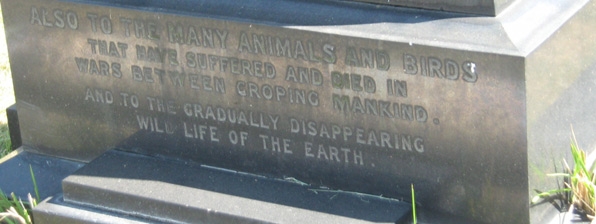




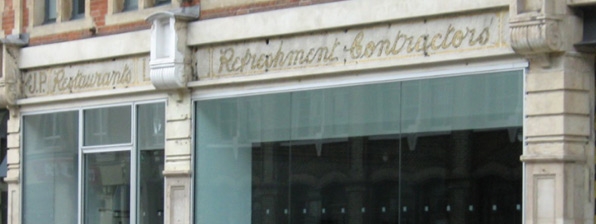



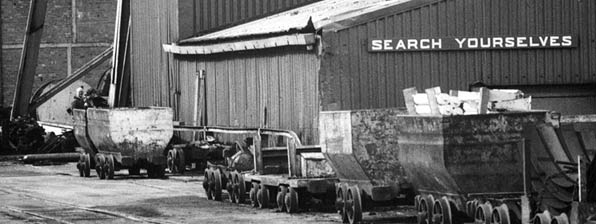











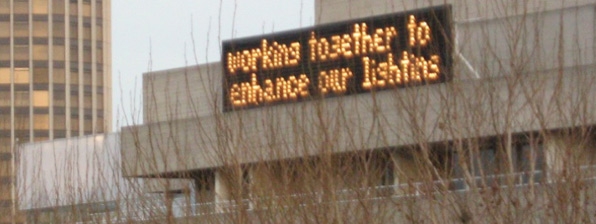
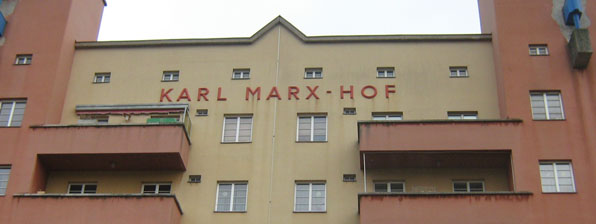
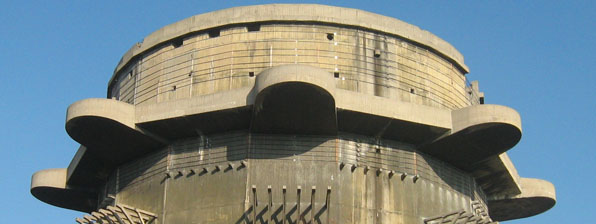





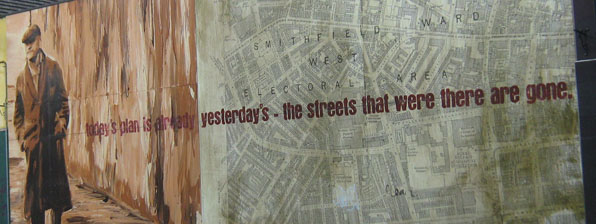
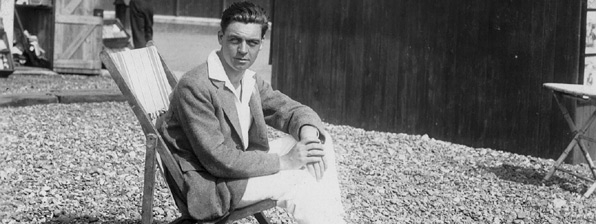

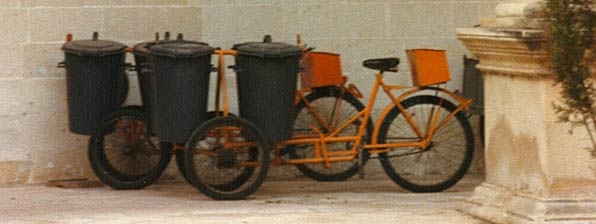
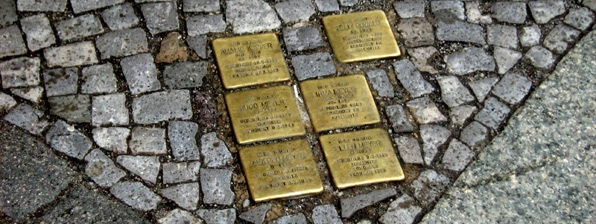





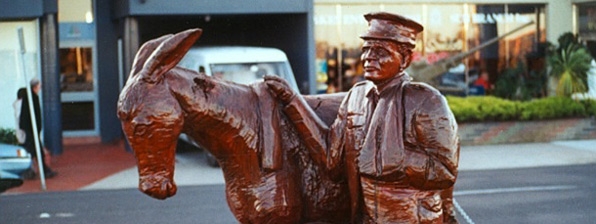
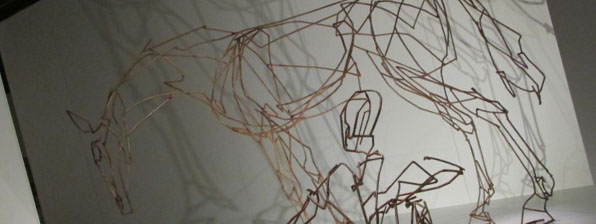

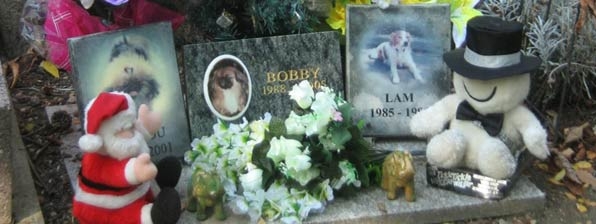

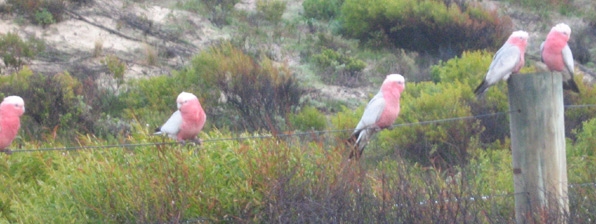
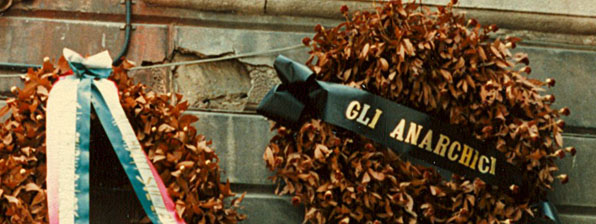

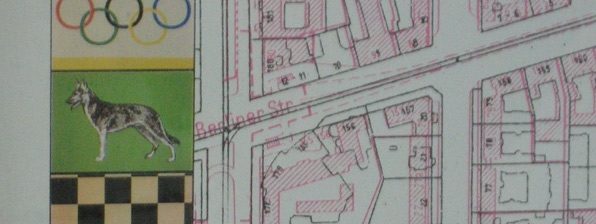
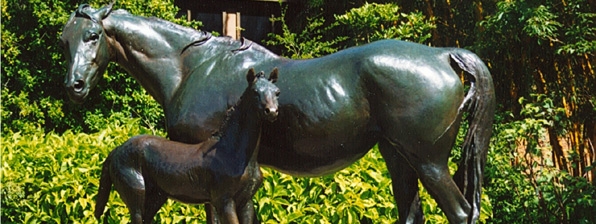





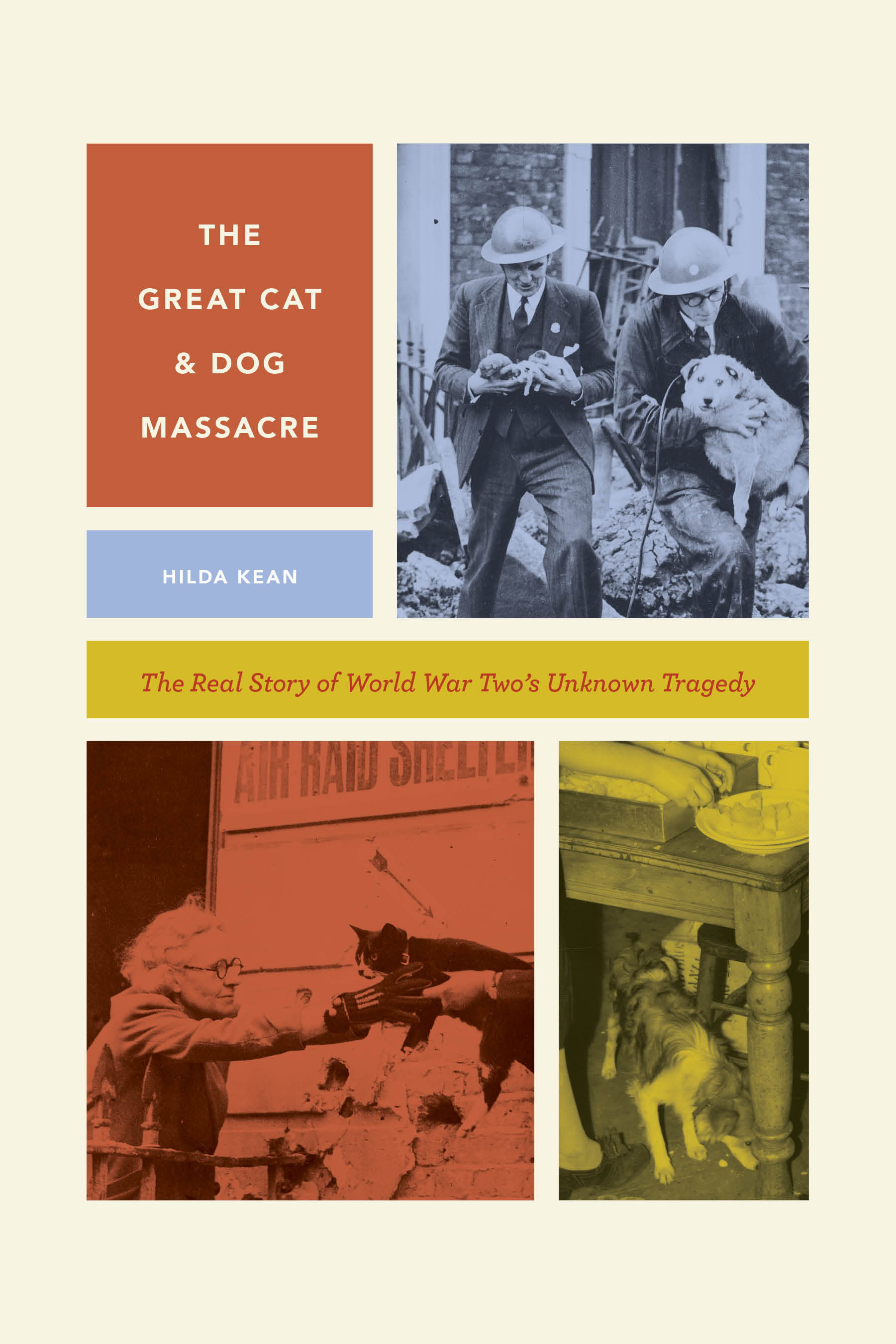


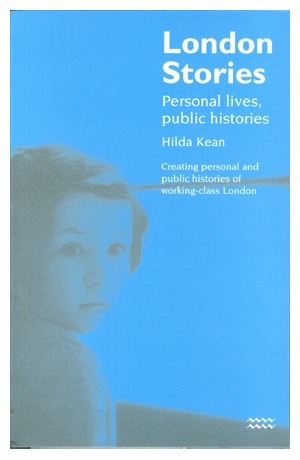

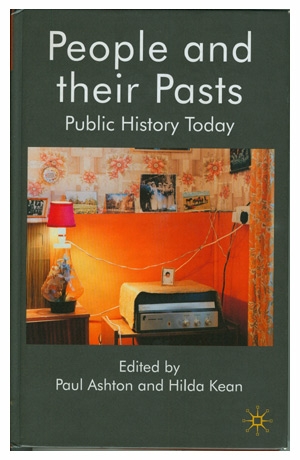





Anderson Shelters can be usefully re-purposed as garden sheds. There used to be at least one at Manor Gardens Allotments (destroyed for the Olympics) and I think there’s one at West Ham Allotments.